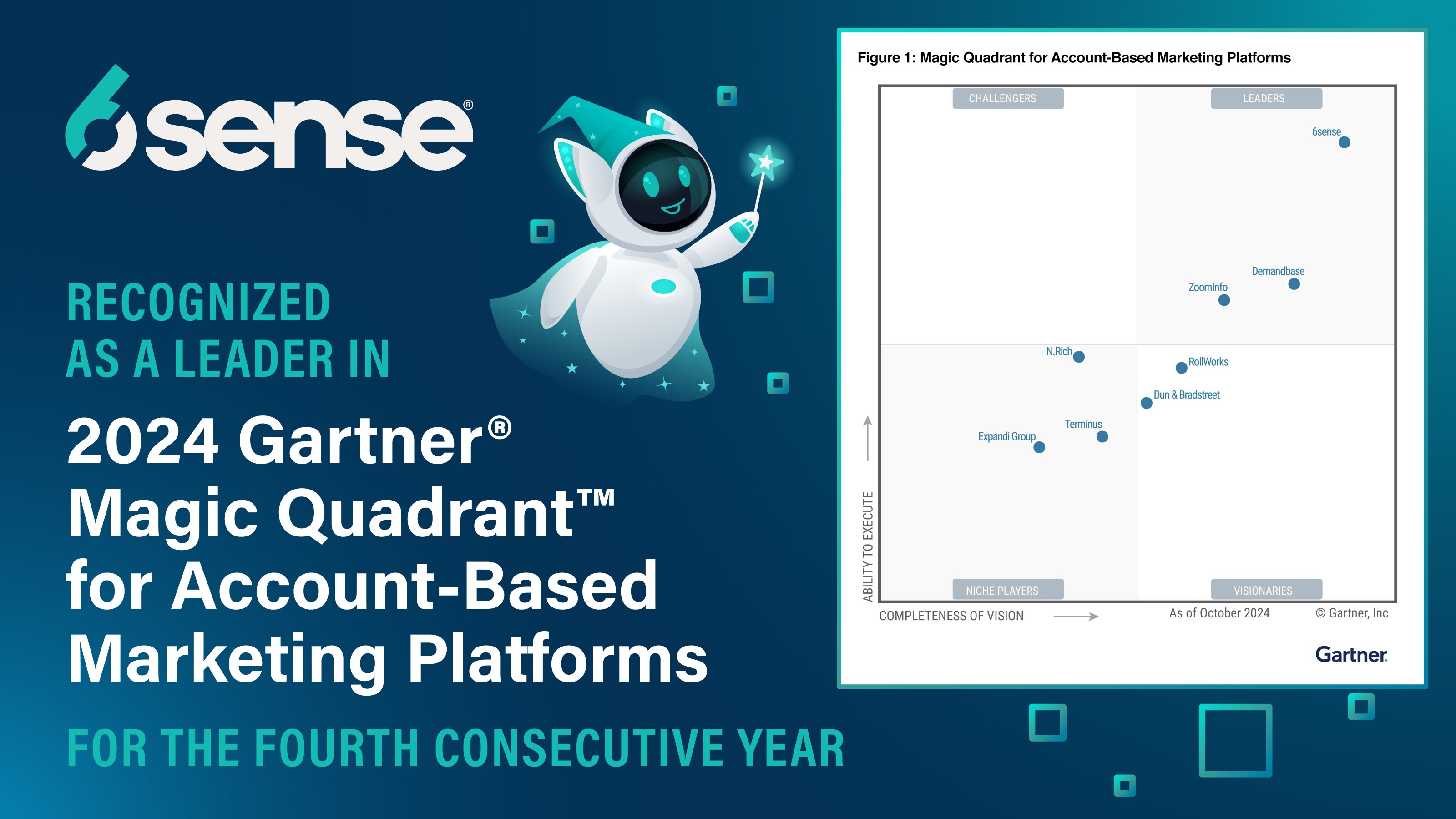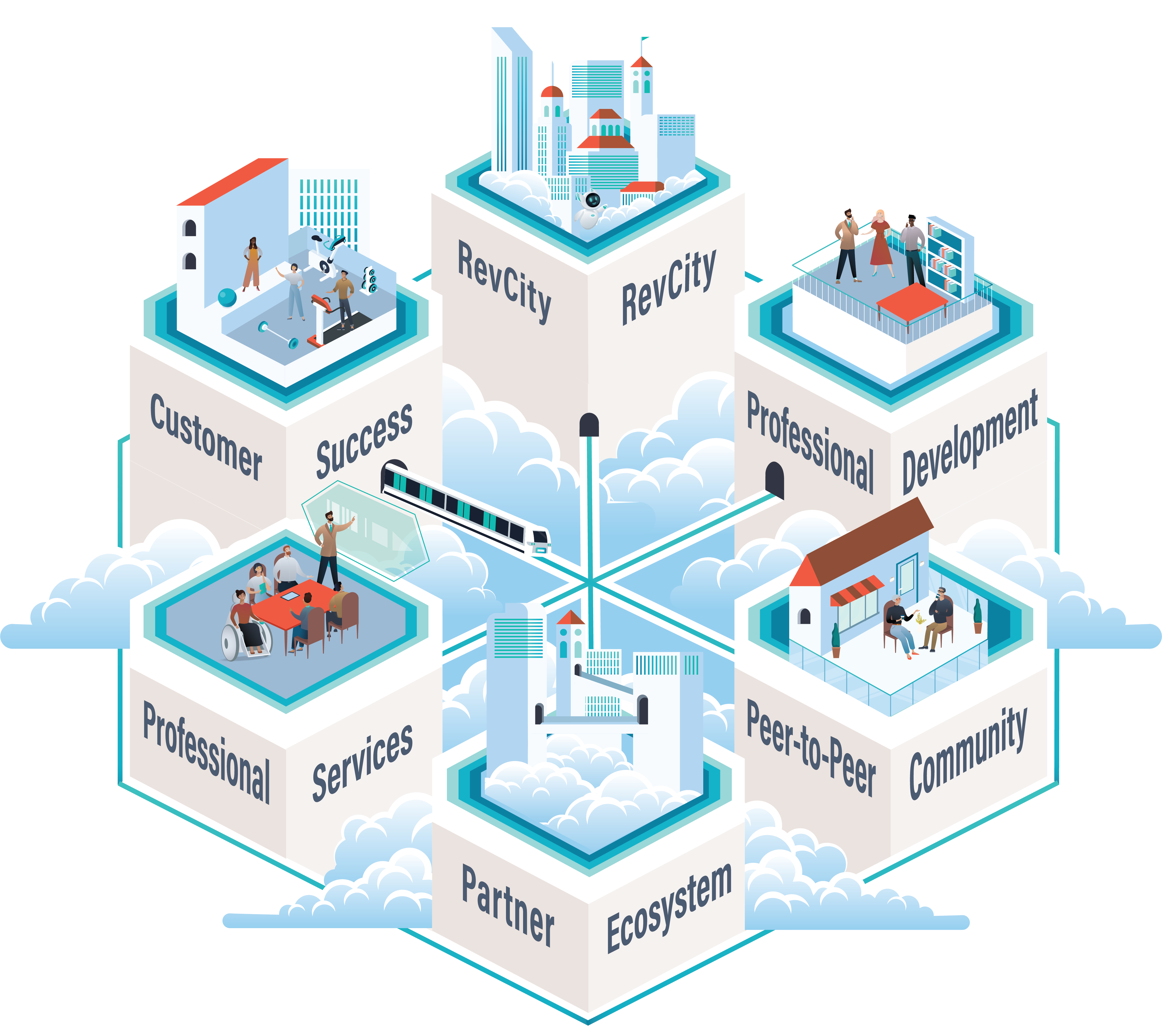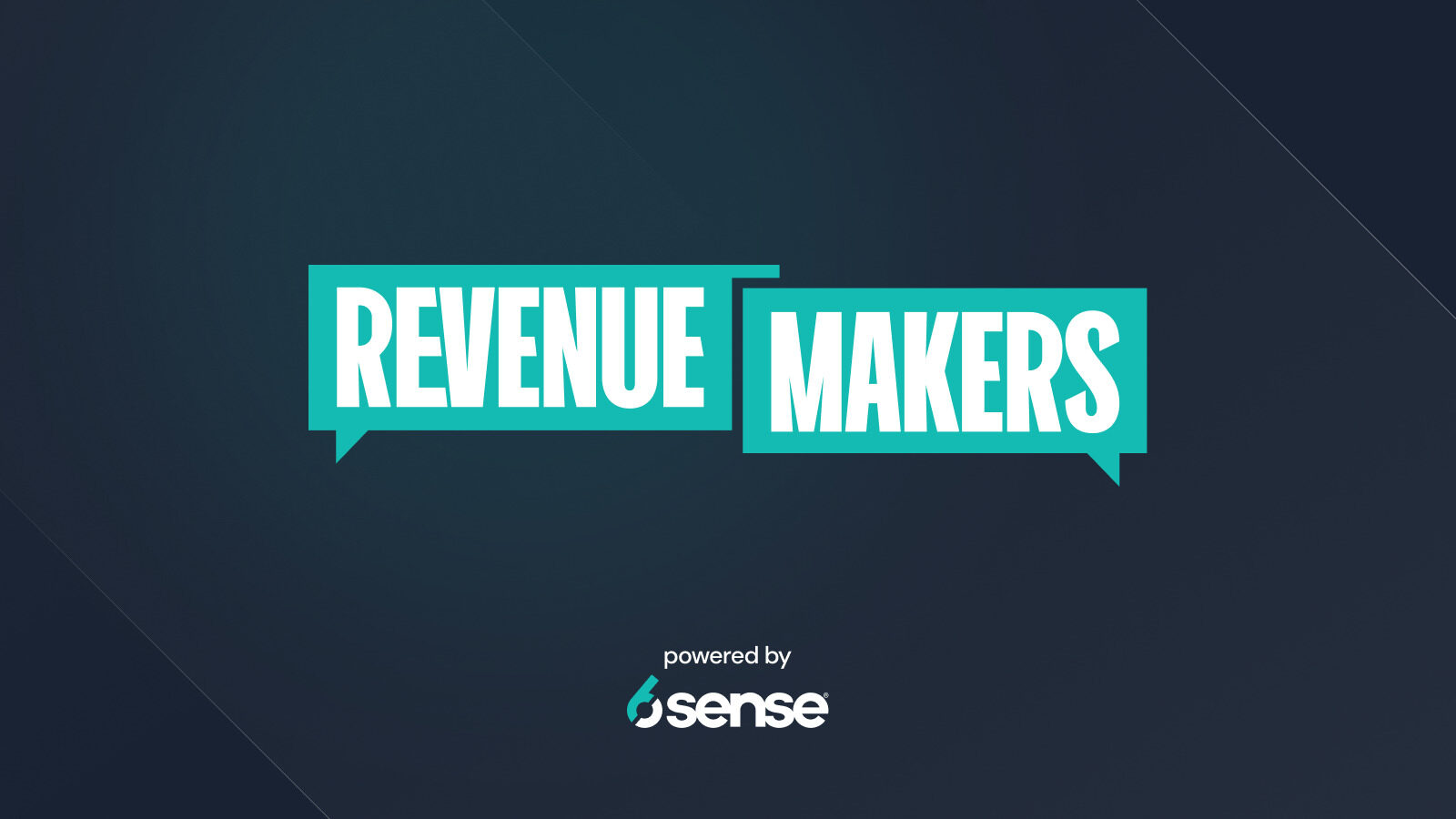Developing an effective go-to-market strategy has never been more difficult — or more critical. As buyers become more informed, traditional sales tactics lose effectiveness, and the cost of customer acquisition soars, companies need to rethink how they approach growth. Yet with these challenges come opportunities for organizations willing to evolve beyond conventional playbooks.
In our Revenue Makers podcast, we’ve explored this evolution with sales and marketing leaders who are writing new rules for sustainable growth. From the death of “growth at all costs” to the rise of challenger brands, their insights reveal how successful organizations are adapting to rapid change.
Here are key lessons from industry experts on building resilient, customer-centric GTM strategies, drawn from our podcast series.
Predictable Revenue: Where Are We Now?
Aaron Ross, author of Predictable Revenue (2011), reflects on how B2B sales has evolved since his book popularized systematic cold email approaches at Salesforce. While specific tactics like cold referral emails that once achieved 10% response rates may not work today, Aaron emphasizes that the fundamentals of sales remain valuable:
- Specialization of sales roles (prospectors, inbound lead responders, closers)
- Focusing on people doing fewer things better
- Maintaining core principles rather than chasing tactics
He identifies a few characteristics of the changing landscape. First and foremost, tactical effectiveness is diminishing faster than ever. Because of technology like AI, along with market evolution, strategies that once worked for five years or more may now only work for two.
Aaron also mentions success factors that can’t be replicated:
- Community building
- Authentic relationships
- Trust and inspiration
- Brand personality
Finally, product differentiation is another challenge in business today. Technical advantages are increasingly temporary, as products and features can be copied more easily than ever.
Speaking from his van along the California coast, Aaron shares personal insights from his journey: starting at Salesforce answering customer service calls despite previous CEO experience, building a successful consulting practice, and raising 10 children (with five dogs, a cat, and several horses). He believes that embracing “blessed ignorance” — taking on challenges without overthinking them — often leads to breakthroughs.
SaaS Shift: The End of Growth at All Cost
“We are operating at double the cost with half the growth,” warns Jacco van der Kooij of Winning by Design, analyzing the current state of SaaS companies. Rather than seeing this as a crisis, he frames it as an industry maturation — learning from the growth-at-all-costs era while evolving beyond it.
Jacco identifies three critical changes in the SaaS landscape:
- Risk has shifted from buyer to seller, with companies spending $2-4 for every dollar of revenue acquired.
- The old knowledge asymmetry favoring sellers has disappeared, as buyers often know more about products than salespeople.
- Sales teams now operate with less experience (three or so years versus the traditional 10 to 20 years).
Using Netflix and Disney+ as examples, he illustrates why recurring revenue must be viewed as an outcome of recurring impact, not a goal itself. While Disney offers excellent content, without ongoing impact, there’s no reason for renewal. This principle applies broadly: sustainable growth comes from delivering consistent value, not just closing deals.
Jacco’s prescription for sustainable growth includes:
- Focus on creating authentic relationships that can’t be replicated
- Ensure someone owns the entire GTM strategy, not just siloed components
- Start with understanding what works rather than blindly pursuing growth
- Measure and improve customer impact before focusing on revenue growth
- Build processes first, then apply AI (technology can’t fix broken foundations)
The metaphor he uses about London traffic — moving at 5 mph whether in a horse-and-buggy or a Tesla — serves as a warning: Working harder with better technology won’t help if the foundation isn’t changed.
Listen to the full episode here.
Scaling with Success: The Critical Role of Product Marketing in Growth
Finding a great product marketing leader is like hunting for a unicorn that can strategize and execute — at least, according to Kyle Lacy, CMO at Jellyfish. Drawing from his own costly mistake at Lessonly (where waiting too long to hire a product marketer potentially cost them “tens of millions in ARR”), Lacey explains that companies need product marketing as soon as they start selling to multiple personas, industries, or segments.
An effective product marketing leader needs:
- Market savvy
- Technical knowledge
- Ability to translate complex products into compelling stories
- Strong relationships with second-level managers across sales, success, and product teams
A crucial insight: Product marketing should own how the market understands your solution while product management owns the customer voice. This distinction helps prevent dysfunction between the two teams and ensures clear ownership of different aspects of the business.
Kyle also outlines key metrics for measuring product marketing success:
- Pipeline generation from new products
- Conversion rates between sales stages
- Enablement completion rates
- Usage of messaging in sales calls
- Product launch performance
Between recounting adventures in spray-painting thousands of golden llamas for employee awards (a decision his lungs may never forgive him for) and the ill-fated conference giveaway of 10-pound Zen gardens that no one could fit into their carry-ons to bring home, Lacey shares his thesis statement: Product marketing isn’t just about crafting the perfect message — it’s about making sure it sticks.
Listen to the full episode here.
A Market Disrupted: The Rise of Challenger Brands
Lauren Berkemeyer, CMO of YuLife, shares insights on building and leading a challenger brand that’s disrupting the insurance industry. YuLife partners with established insurers like MetLife and Bupa, but is turning the traditional model on its head by gamifying and incentivizing healthy behaviors. As Lauren puts it, they’re “bringing color to this black and white world.”
When it comes to building a challenger brand team, Lauren recommends hiring for characteristics like:
- Curiosity
- Willingness to take risks
- Adaptability
Rather than following the conventional 60% demand generation/40% brand marketing split, she focuses heavily on organic brand advocacy and storytelling, noting that impact isn’t always measured in direct spending. To establish credibility in the traditional insurance space, YuLife partners with established providers while demonstrating their unique value through customer success stories and engagement metrics.
Lauren offers practical advice for marketers considering challenger brand roles: If you thrive on variety, unpredictability, and pushing boundaries, a challenger brand might be for you. If you prefer structure and predictability, it might not be the best fit. She illustrates the challenger brand mindset through mission statements from companies like Monzo (“we believe in the alternative to the banking of the past”) and Tesla (“accelerate the world’s transition to sustainable energy”).
 Skip to content
Skip to content



